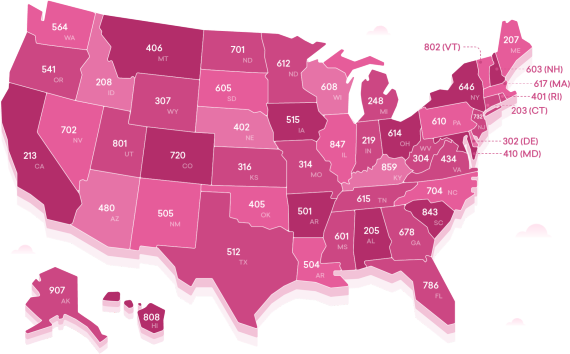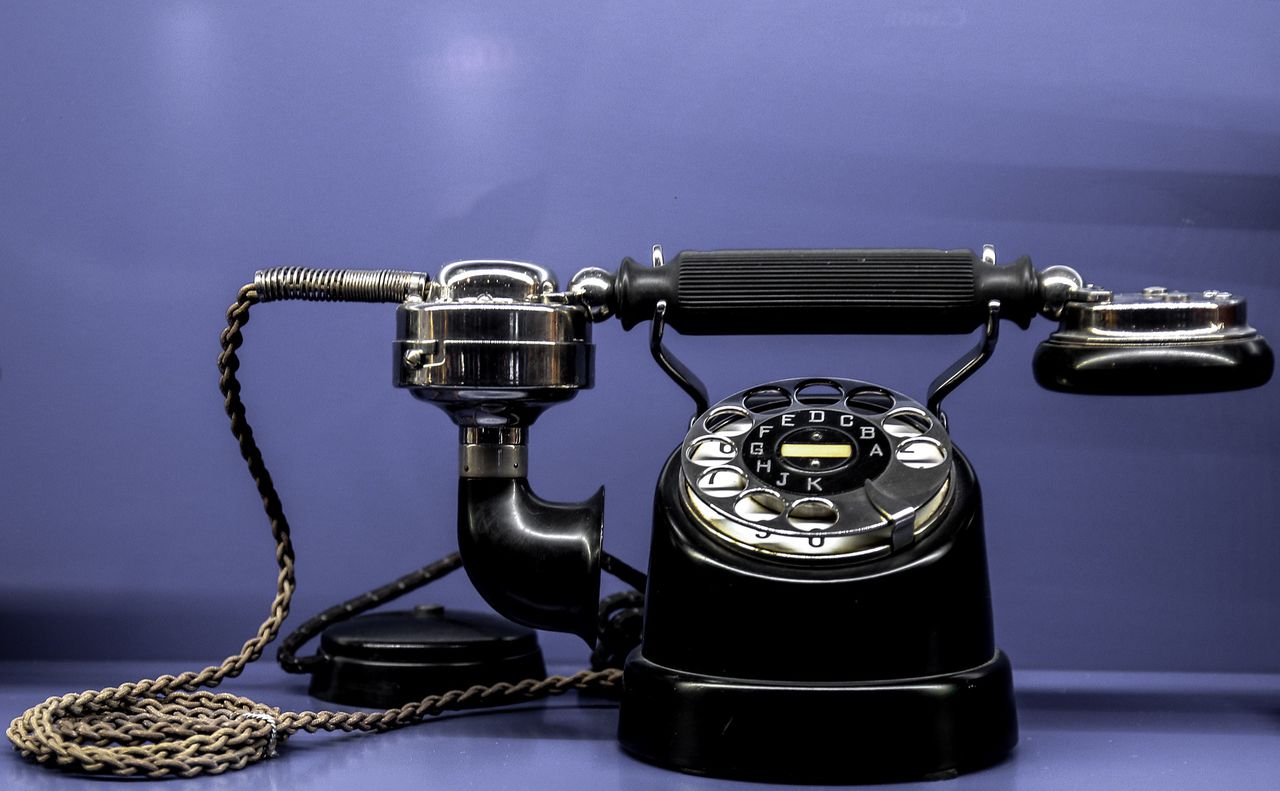Northern Virginia is served by the 571 Area Code. It is the section of Virginia nearest to Washington, D.C. The 571 Area Code is layered on top of the area code 703.
What is the origin of the 571 Area Code?
Landlines in the area of Virginia (United States) have a phone number starting with 571. 571 Area Code serves a number of major cities in Virginia (VA), including Arlington, Dale City, and Reston.
Since March 1, 2000, 571 Area Code has been in use as an overlay code as part of the overlay complex 703/571. (overlapping area codes cover the same geographic area). Be advised that some of these phone numbers are neither spam nor hazardous. Pay close attention to the comments our community members leave because they will tell you everything you need to know.
The 571 area code will cover the same territory that the 703 area code now does. The new code will be added on top of the 703 area, so customers can keep their current phone numbers. New services may be issued numbers in the 571 area code starting on April 1, 2000.

Cities and Area Code 571 Phone Numbers
Aldie, Alexandria, Arcola, Arlington, Centreville, Dale City, Dulles, Fairfax, Falls Church, Haymarket, Herndon, Leesburg, Lorton, Manassas, Mc Lean, Merrifield, Nokesville, Oakton, Reston, Triangle, Vienna, Waterford, Woodbridge.
What numbers can you find in the 571 area code?
There are 24 cities or localities with phone numbers in the 571 area code. A summary of the most current reports and other important information regarding phone numbers in this area may be found below:
Most popular prefixes in 571:
- 369
- 373
- 523
- 662
- 674
- 418
- 349
- 209
- 302
- 678
- 357
- 438
- 429
- 334
- 789
- 309
- 918
- 207
- 242
- 338
Phone number(s) in area code 571
- 571-897-9532
- 571-438-7000
- 571-319-5876
- 571-739-8380
- 571-241-4814
- 571-637-0500
- 571-258-0500
- 571-577-0709
- 571-618-0500
- 571-617-5050
- 571-220-6733
- 571-349-0002
- 571-326-2822
- 571-232-8529
- 571-692-0500
- 571-918-6490
- 571-933-5769
- 571-679-0500
- 571-210-7247
- 571-381-0665
- 571-518-5656
- 571-673-8448
- 571-338-8909
- 571-627-7437
- 571-442-2342
- 571-242-3916
- 571-618-5034
- 571-349-1259
- 571-209-2404
- 571-302-0753
- 571-390-5555
- 571-260-0971
- 571-418-2115
- 571-418-4238
- 571-317-3129
- 571-789-1547
- 571-484-3105
- 571-918-9358
- 571-392-7651
- 571-349-1001
- 571-320-8886
- 571-518-5919
- 571-207-7192
- 571-377-1457
- 571-570-5065
- 571-620-0305
- 571-337-7072
- 571-674-8843
- 571-614-1152
- 571-349-8322
- 571-388-1355
- 571-444-8312
- 571-918-8177
- 571-438-7010
- 571-639-2518
- 571-369-9150
- 571-373-3113
- 571-429-4443
- 571-665-4792
- 571-373-3147
- 571-373-3117
- 571-359-3824
- 571-242-2999
- 571-338-9228
- 571-414-0237
- 571-418-2453
- 571-427-7564
- 571-223-2004
We’ll look at what this problem implies and how to repair it today. The 571 error is caused by problems with the recipient mail server, and it typically occurs when the recipient mail server stops messages from the sender mail server. Email error 571 means that the sender is not allowed to send to the recipient. This could be because of server-wide or domain-specific blocks. This is a Microsoft Exchange server-specific error message. The bounced mail will contain the error 571 for the sender whose letter was rejected.
Email blocking can occur for a variety of reasons:
1. The receiving server has blacklisted the sender’s IP address
To prevent spam from accessing their server, many receiver servers utilise specialised spam blocking software like Spamfilter or Antivirus. Firewalls are used on certain servers to prevent questionable IP addresses. If the sender’s mail server is marked as a spam source by these tools, mail from that sender is blocked and the error message “571 delivery not authorized, message refused” is shown.
2. The sender’s IP address lacks RNDS
Many destination servers look for reverse pointers to verify the sender’s legitimacy. An RDNS allows you to confirm that the sender is legitimate and trustworthy. Because of this RDNS security restriction, servers that receive emails from senders who don’t use RDNS may reject them and send them back with the error message “571”. “Delivery is not permitted, and the message is denied.”
3. Spamhaus and other spam-filtering services have banned the sender
Some mail servers check server reputations on spam lists like Spamhaus and ban servers with bad IP reputations. As a result, if the sender is banned from Spamhaus, the recipient’s mail server may refuse messages from that sender.
4. Email filters that are specific to the receiver’s domain
In addition to server-wide email filters and blocks, each domain on a server can have its own set of bespoke email filters. Even if there are no restrictions on the server as a whole, an email might be rejected because of filters, blacklists, or security rules that are specific to the recipient.
5. The sender’s mail server’s blocks or filters
While error 571 is most commonly caused by recipient mail server blockages or rejections, it can also be caused by the sender mail server in some instances. Outgoing firewalls or antivirus software are configured on certain systems to limit traffic sent from them to specific destinations. Email delivery issues can also be caused by these barriers or filters. The letter would be rejected if the sender address was an external one that was not authorised to send mail to a distribution list.

